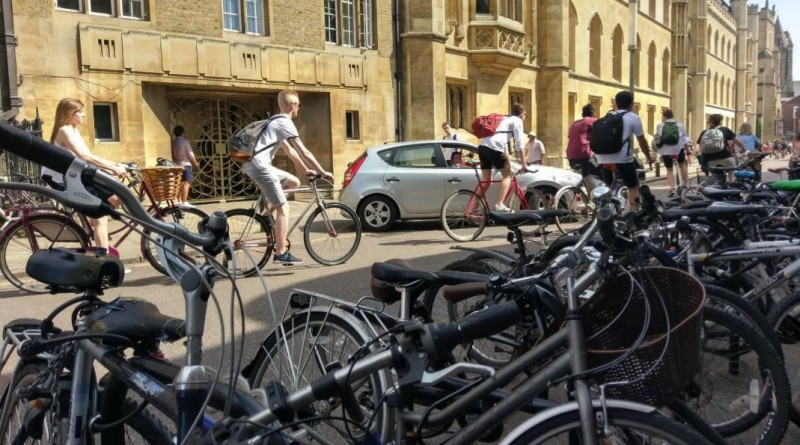New cyclists emerge in numbers for European Bike2Work project
As many as 65,491 new cyclists, some 76% more than anticipated, turned out for the 2015 European Bike2Work project.
The fresh data came on the 2016 global bike to work day, which saw cycling fitness app Strava call for cyclists to record their rides to work in order to gather anonymised data for use by city planners.

As part of the EU-funded campaign, 290,876 took to bicycles across 12 countries, cycling over 50 million kilometres, saving approximately 20,916 tons of Co2 over driving the same distance.
The health benefits of cycling to work are another focal point for the project. Studies have previously shown that the average person may lose 13lbs in weight in year one of cycling to work, as well as reducing the risk of heart disease by 50% with just three hours of cycling a week.
Running for just one month each year, the project saw newcomers in the form of Croatia achieve more than double the expected turnout, while veterans of the project still reported many thousands of new cyclists taking to the roads. With a goal to promote the benefits of cycling to both employers and employees alike, the ECF lead project achieved across Europe:
Austria: Organised by Radlobby Österreich, the Austrian Bike2Work project registered a total of more than 32,000 participants, 273% more than expected.
Bulgaria: the Bulgarian Cycling Association is in charge of the national Bike2Work campaign. Last year, almost 50% of the participants were new cyclists.
Croatia: thanks to the great work of the Sindikat Biciklista, the actual participants registered to the campaign were more than double the expected numbers. Over 4,000 employees took part in the initiative, which is a huge achievement for a country where cycling reaches 6% of modal share.
Denmark: the Cyklistforbundet has been organising the Bike2Work campaign since 1997. Despite the long history, they have still managed to reach 3,200 new cyclists.
France: the French partner for the Bike2Work project is Nantes Métropole. Looking for a real behaviour change, the campaign focused and registered only new cyclists.
Germany: with its 150,000 participants, ADFC ran a record-breaking campaign. Less than 20,000 were anticipated and almost a third of the total participants were new cyclists.
Italy: FIAB is the responsible organisation for the Italian Bike2Work campaign. In Italy cycling reportedly now has a 5% modal share, but the project managed to involve more people and over 1,400 new cyclists, double that initially planned.
Malta: Paragon Europe, the ECF’s Maltese partner, had to deal with an extremely cycling-reticent culture. Numbers here were lower than elsewhere, though the great majority cycled to work more than 4 days per week and in just two weeks they cycled a cumulative distance of 4520.62 km.
Romania: ran by the Green Revolution Association, the Romanian Bike2Work campaign has reached twice the number of participants planned, of which almost all were new cyclists (624% above target).
Slovenia: organised by the Urban Planning Institute of Slovenia, the ‘Bring happiness to work‘ campaign saw 80% of all participants stating they were new to cycling to work, 126% more than expected.
The Netherlands: the Dutch Bike2Work campaign was designed by Fietsersbond to focus on long distances and e-bike usage. Running for only 5 days, it reached a total of 5,903 km cycled on the way to work and back.
United Kingdom: organised by four different cycling associations, the British campaign involved a grand total of 27,000 participants, more than 10% of which had not cycled to work beforehand.



